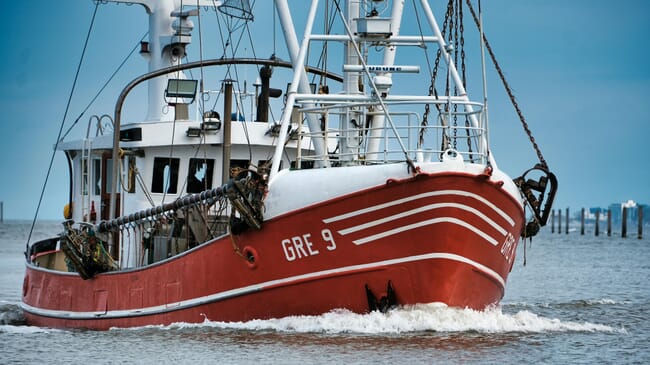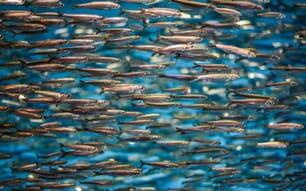
© Wolfgang Krzemien
The quota, announced on 12 November 2025, is well above the provisional figure set a week earlier.
“This quota is well above the provisional quota set on 1 November and signals a science-based approach for the world’s largest single species fishery, which produces 20 percent of global fishmeal in an average year. The biological survey completed a few days ago places the quota in line with the one granted for the last quarter in 2023 but below the one authorised in quarter IV 2024. Our projections for the 2025 global production remain at 5.6 million tons of fishmeal and 1.2-1.3 million tons of fish oil” said Enrico Bachis, IFFO’s market research director, in a press release.
Global production trends
Cumulative annual fishmeal production rose by approximately eight percent through September 2025 compared to the same period in 2024. This increase was driven by higher output in most regions, despite year-on-year declines reported in Iceland and the North Atlantic area.
Similarly, cumulative fish oil output through September 2025 showed a year-on-year increase of around six percent. Most countries recorded positive trends compared to January-September 2024, with the exception of Spain and Peru. When it comes to Peru, lower oil yields during the recent fishing season played a significant role in the overall decline.
The data is based on statistics shared by IFFO members in Chile, Denmark, Faroe Islands, Iceland, Ivory Coast, Mauritius, Norway, the UK, the USA, Peru, South Africa and Spain, accounting for 40 percent of global fishmeal production and 50 percent of fish oil output.
China market dynamics
China’s domestic marine ingredient production has slowed just as the aquaculture peak season is ending. With rising production costs, fishmeal and fish oil output in 2025 is expected to decline compared with 2024. No meaningful increase in wild fish raw material supply is anticipated for the remainder of 2025.
China’s domestic aquaculture outputcontinued to grow through September across major farming regions, with overall operations stable despite periodic weather disruptions. The peak season for aquafeed and marine ingredient demand ended in early November as temperatures fell. Fishmeal use in aquaculture has exceeded last year’s, supported by better performance-to-price ratios.
In contrast, piglet and piglet-feed demand is weakening amid a pessimistic market outlook. The sow herd is being reduced by one million heads by January 2026. Fishmeal use in pig feed is expected to rise in 2025 due to higher piglet supply, then fall again in 2026 as fewer piglets are born.
Prices of soybean meal have remained generally stable in recent weeks, while corn prices have declined year on year due to ample supply and weaker demand. According to China Customs, the soybean imports through September increased by 5.3 percent YoY, reflecting resilient demand for crushing and feed purposes.



